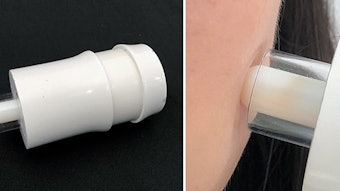Competition in the cosmetics market is fierce with companies striving to stand out from the crowd to turn “one-time” customers into dedicated, loyal followers of their brands. In this environment, cosmetic products must offer consumers more than great colors, appealing ads and an attractive appearance—they must create a positive product experience. To achieve these ambitious goals, formulas need to provide additional benefits including superior application properties and optical effects to offer consumers immediate satisfaction.
Functional filler pigments are used in an array of cosmetic products to adjust key sensorial and optical properties and affect the application behavior of color and care formulations including mascara, lipstick, lotions, creams, shower gels, hair gels, eye liner, foundations, soaps, pressed and loose powders, powder-to-cream products and nail lacquers. While color pigments, colorants, dyes and perfumes lend body and character to cosmetics, functional filler pigments fine-tune subtle properties such as viscosity, hardness, pay-off, volume, skin feel, transparency and soft focus effects—which are of decisive importance for the haptic properties of a cosmetic product and thus for consumer acceptance.
Since these functional ingredients do not, as a rule, determine the predominant characteristics of cosmetics like color or odor, they are usually odorless, white powders with pleasant skin feel and good spreading behavior in typical cosmetic media including water, oil, waxes or nail lacquer bases. Hence, a vast number of fillers are available, and almost all of them are white powders with a specific skin feel. Up to now, no reliable physical method has been available to characterize the optical properties of functional filler pigments. In addition, haptic tests by panelists are highly subjective.










